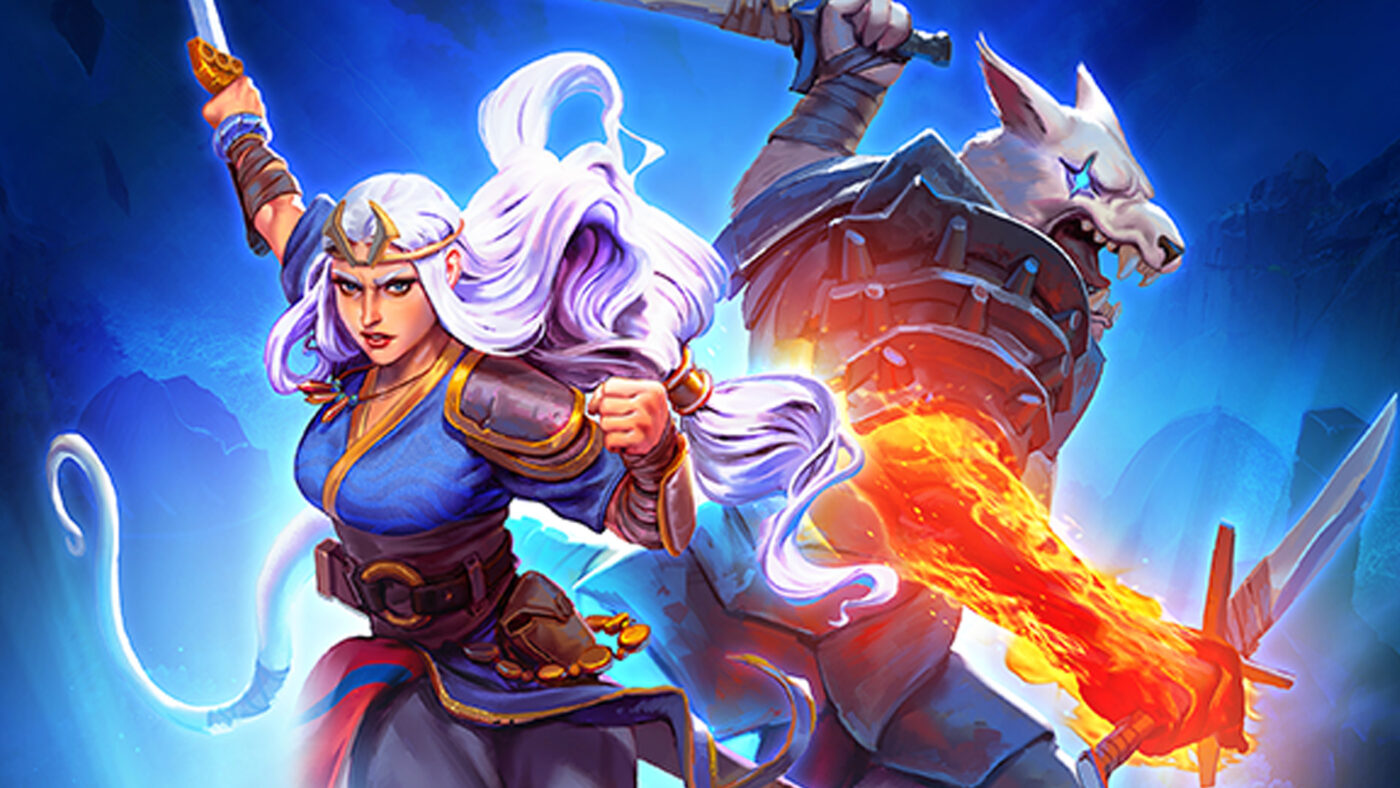
There are two other characters to discover, giving players six combinations. The trade off is she has less health than Sorocco, so deciding when to swap is key. Shanara wants to be in front for a different reason: she gains a buff in the front line, and many of her attacking cards have the keyword Charge – meaning she dashes forward to the front. Block cards soak up damage but also often swap you to the front, and Sorocco often gains benefits if he is at the front: his passive ensures he gets two Block if he is at the front and his deck is easily filled with plenty of cards that gain bonuses if he is in the front line. In Magic, red cards would mean aggression, low cost cards, high damage with a tradeoff, whereas green would mean slow building with buffing units to nigh unassailable power levels.Ĭharacters work similarly to this, each having their own pools of cards to work with, and a passive that partly defines their role. The game’s dual character hook is interesting and fresh, and initially presents a realm of possibilities, whilst still cleaving close to established ideas of “colours” which originate in Magic: The Gathering. Die, and you get dumped back to the main menu with little more than some meta-progression and a vague feeling you might have made a mistake somewhere. Combat is simulated by playing a deck of cards you build up over time in turn based combat against a range of foes. Roguebook is one of a growing number of roguelike deckbuilders, a popular genre that houses within it the masterpiece that is Slay The Spire, as well as Monster Train, Ring Of Pain, Tainted Grail, and many more. Chief amongst these is the twist that you go into battle as a pair of characters, with the position in battle (front or back) introducing another layer of strategy, as certain attacks can only be triggered from a certain position, but whoever is out in front will take the brunt of the damage. In Roguebook Garfield is relying on a computer to manage the many, many variables underlying the design.

READ MORE: ‘Chivalry 2’ review: a dishonourably good time that revels in chaos.In addition to his work on Roguebook – and front and center positioning in the indie deckbuilder’s marketing – Garfield is also the godfather of Magic The Gathering and Netrunner, and also had a hand in both Keyforge and Valve’s recent misfire Artefact. For people who are familiar with competitive card games, Richard Garfield is an icon.


 0 kommentar(er)
0 kommentar(er)
